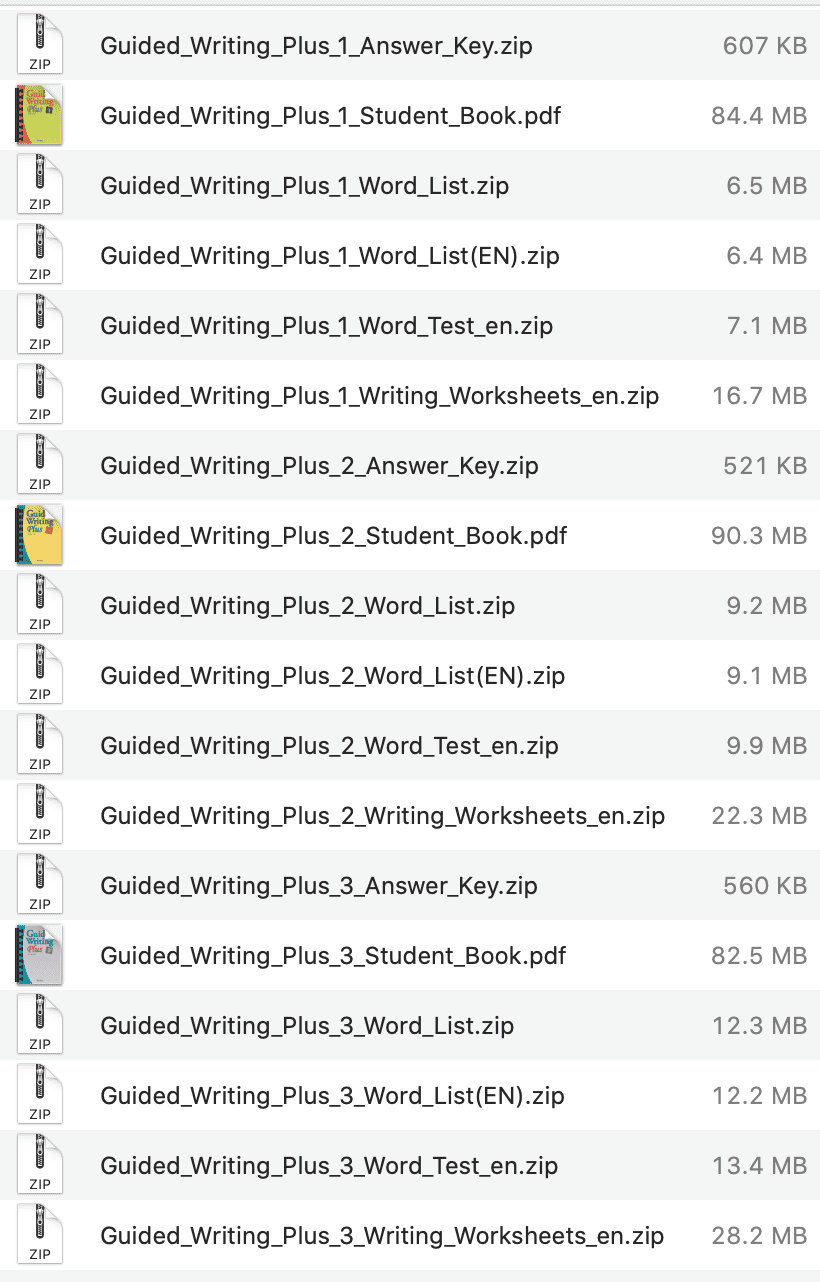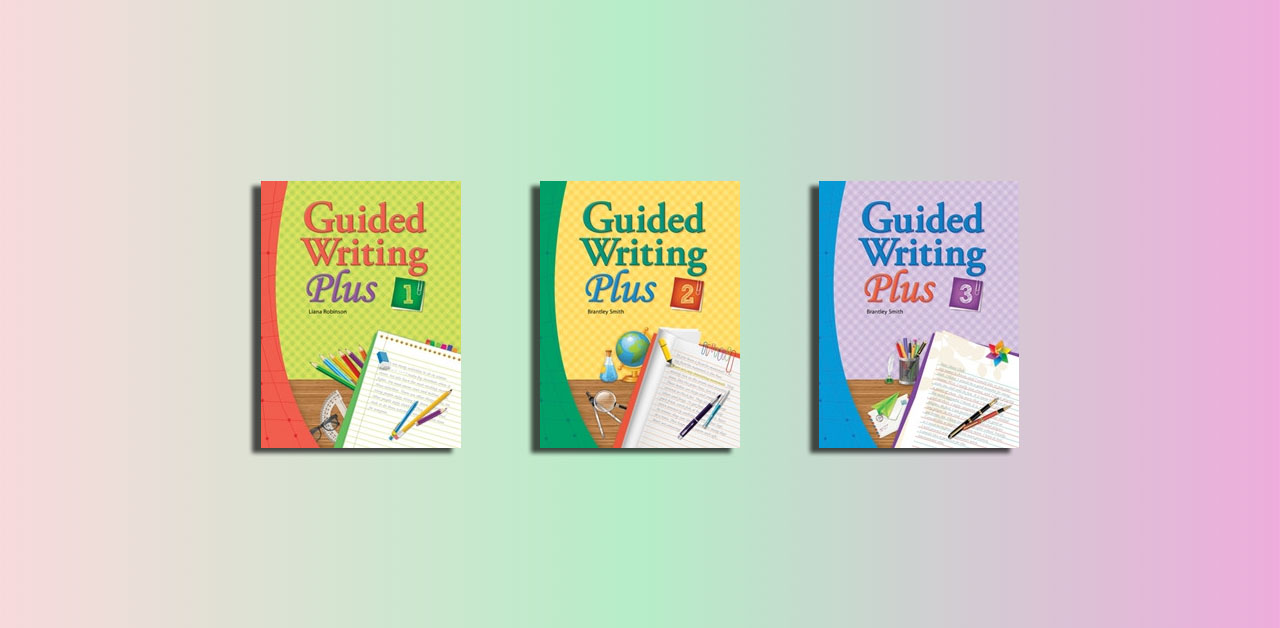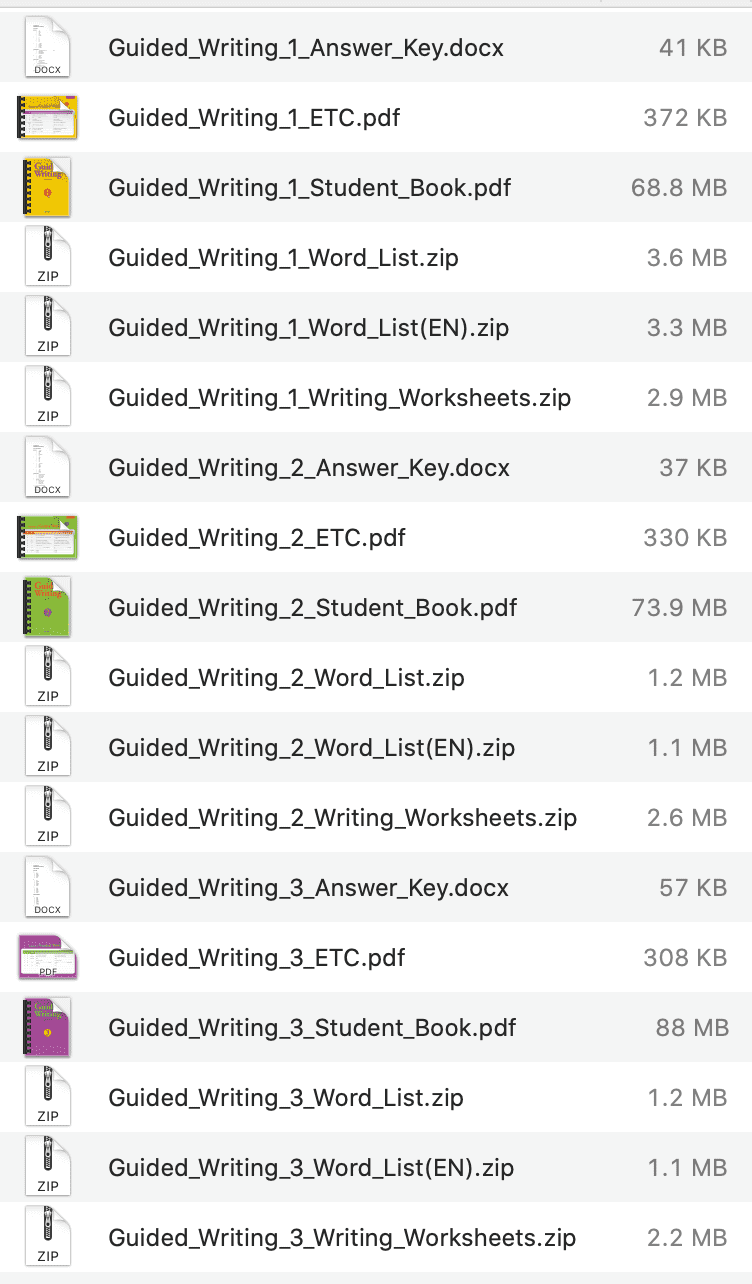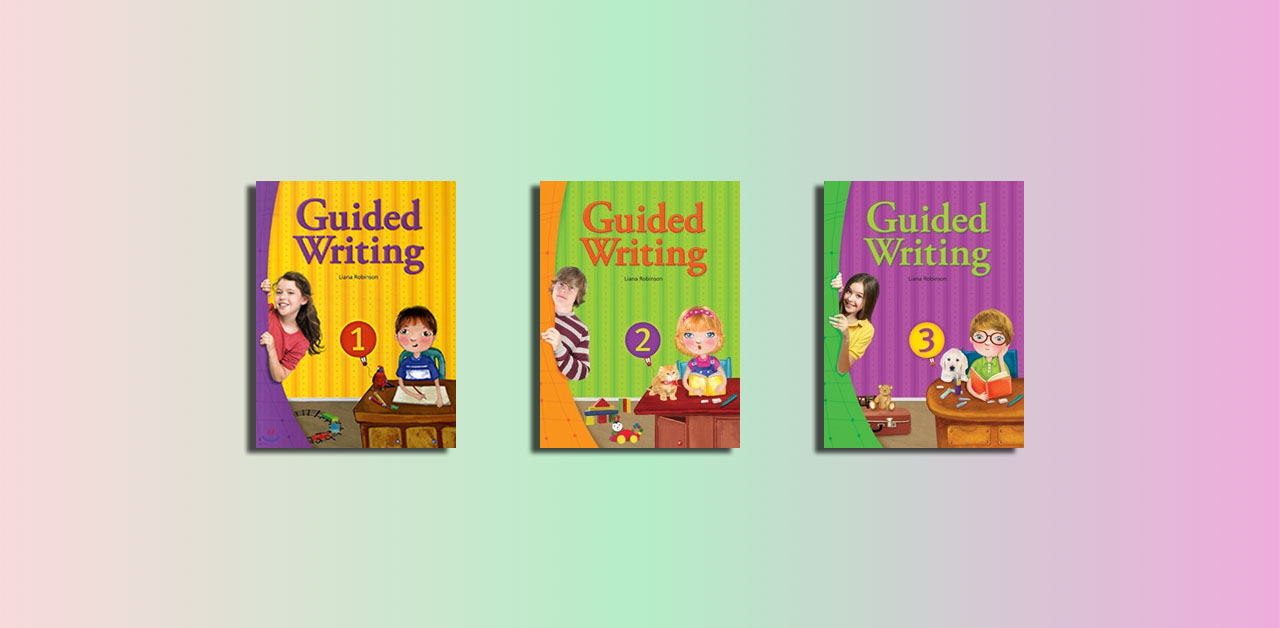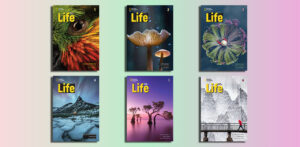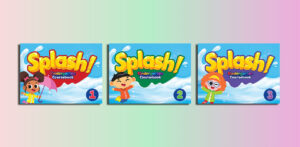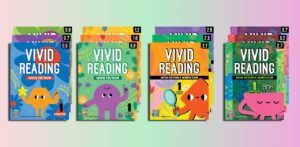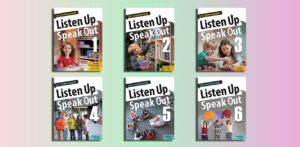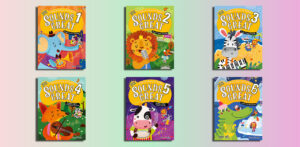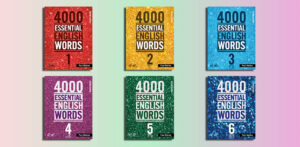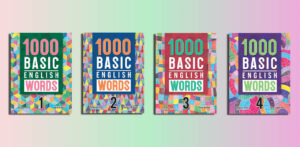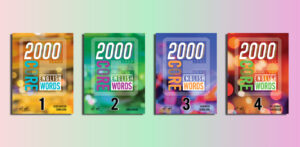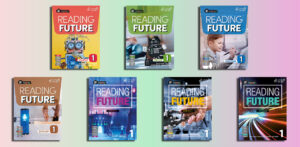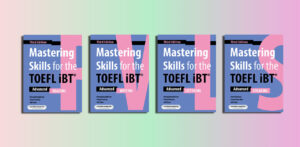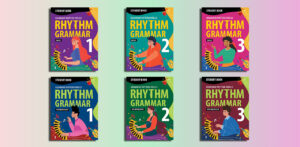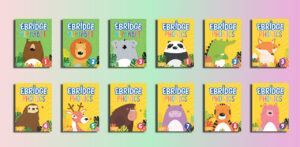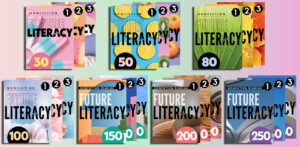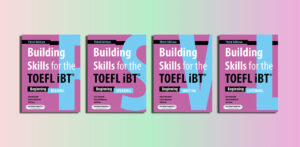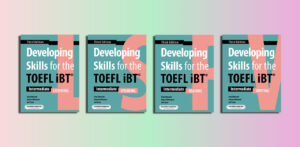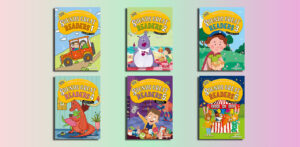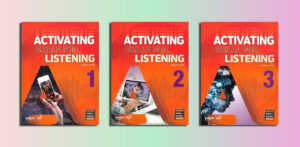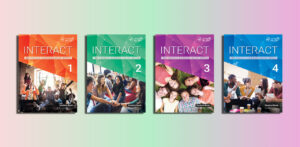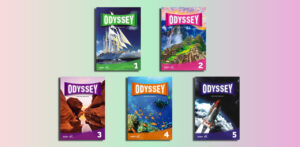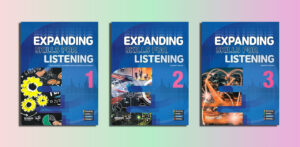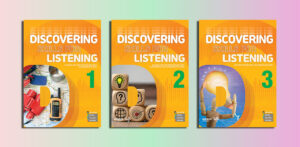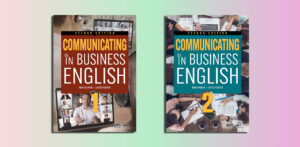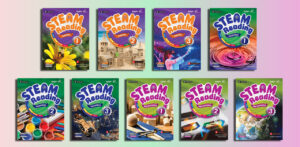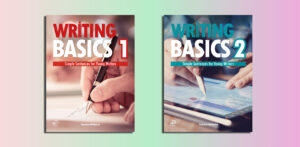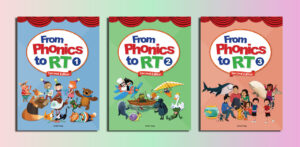Guided Writing Plus (PDFs, Resources)
Level 1 (A1+ / A2)
Answer Key – Student Book – Word List – Word Test – Writing Worksheet
Guided Writing Plus 1 Student Book.pdf – Sample: Click
Level 2 (A2 / A2+)
Answer Key – Student Book – Word List – Word Test – Writing Worksheet
Guided Writing Plus 2 Student Book.pdf – Sample: Click
Level 3 (A2+)
Answer Key – Student Book – Word List – Word Test – Writing Worksheet
Guided Writing Plus 2 Student Book.pdf – Sample: Click
Compass Writing Series
Very Easy Writing (Pre A1): Click here
Guided Writing (Pre A1 / A1): Click here
Guided Writing Plus (A1+ / A2+): Click here
| Name | Price | Buy |
|---|---|---|
| Guided Writing Plus 1 (PDFs, Resources) | $5 | |
| Guided Writing Plus 2 (PDFs, Resources) | $5 | |
| Guided Writing Plus 3 (PDFs, Resources) | $5 | |
| Guided Writing Plus - All 3 Levels (PDFs, Resources) | $12 |
Guided Writing (PDFs, Resources)
Level 1 (Pre A1)
Answer Key – ETC – Student Book – Word List – Writing Worksheet
Guided Writing 1 Student Book.pdf – Sample: Click
Level 2 (Pre A1 / A1)
Answer Key – ETC – Student Book – Word List – Writing Worksheet
Guided Writing 2 Student Book.pdf – Sample: Click
Level 3 (A1)
Answer Key – ETC – Student Book – Word List – Writing Worksheet
Guided Writing 2 Student Book.pdf – Sample: Click
| Name | Price | Buy |
|---|---|---|
| Guided Writing 1 (PDFs, Resources) | $5 | |
| Guided Writing 2 (PDFs, Resources) | $5 | |
| Guided Writing 3 (PDFs, Resources) | $5 | |
| Guided Writing - All 3 Levels (PDFs, Resources) | $12 |
Overview of the “Guided Writing Plus” by Compass Publishing
Contents
| ✅ Coursebook: | Guided Writing Plus |
| ✅ Authors: | Liana Robinson, Brantley Smith |
| ✅ Publisher: | Compass Publishing |
| ✅ English type: | International English |
| ✅ Levels: | A1+, A2, A2+ |
| ✅ Skill: | Writing |
| ✅ For: | Primary |
| ✅ Publication year: | 2014 |
“Guided Writing Plus” is an engaging English writing series by Compass Publishing, crafted for upper elementary to lower intermediate learners. Tailored to CEFR levels A1+ to A2+ and Flesch-Kincaid (FK) levels 3-4, this series provides a structured, step-by-step approach to mastering writing skills. With vibrant topics, clear guidance, and comprehensive practice, “Guided Writing Plus” empowers young learners and ESL/EFL students to write confidently across various genres.
Series Overview
The “Guided Writing Plus” series comprises three levels, each aligned to specific CEFR benchmarks:
- Guided Writing Plus 1 (CEFR A1+ / A2)
- Guided Writing Plus 2 (CEFR A2 / A2+)
- Guided Writing Plus 3 (CEFR A2+)
Authored by experienced educators like Liana Robinson and Brantley Smith, these books progressively build writing proficiency through practical exercises and creative prompts.
Key Features
Structured Unit Design: Units are organized into four sections:
- Introducing and practicing key vocabulary.
- Building well-structured sentences through guided activities.
- Developing brainstorming skills to generate ideas.
- Guiding students to write cohesive, well-organized paragraphs.
Step-by-Step Approach: The series scaffolds learning, starting with foundational grammar and thematic content in Level 1 (A1+ / A2) and advancing to more complex structures in Level 3 (A2+). For instance, topics may range from “Science Bugs” in Level 1 to ecosystems in Level 3, ensuring progressive skill development.
Genre-Based Writing: Unlike its predecessor, Guided Writing, which emphasizes vocabulary, Guided Writing Plus focuses on diverse genres, including book reports, reviews, emails, cause-and-effect essays, and history reports. This equips students with versatile, real-world writing skills.
Modeled Writing Samples: Each unit includes a sample that models the expected structure and style, helping students visualize and replicate effective writing techniques.
Guided Questions and Prompts: To aid planning and drafting, the series provides prompts and questions that support students in creating outlines and organizing ideas logically, ideal for young learners.
Detachable Practice Book: A detachable workbook accompanies each student book, offering additional exercises for classroom or homework use, enhancing flexibility.
Supplementary Resources: Downloadable answer keys, audio recordings, teaching tips, and a QR code-linked vocabulary practice app support both instruction and independent learning.
Integration of Other Skills: The series incorporates reading, speaking, and listening activities to foster overall language fluency, ensuring a holistic learning experience.
Comparison with Other Series
Compared to the original Guided Writing series, Guided Writing Plus emphasizes reading and writing over vocabulary drills. It also differs from Writing Starter 2/e, which focuses on passage writing and grammar, by prioritizing genre-specific tasks that encourage critical thinking and creativity across its three levels.
Target Audience and Applications
“Guided Writing Plus” is designed for upper elementary to lower intermediate students, typically aged 8-12, in ESL/EFL settings. The CEFR alignments—Level 1 (A1+ / A2), Level 2 (A2 / A2+), and Level 3 (A2+)—cater to varying proficiency levels. The series is ideal for:
- Classroom use in international schools or language institutes.
- Supplemental practice for students needing writing support.
- Homeschooling environments requiring structured guidance.
Teachers benefit from clear instructions, modeled examples, and digital resources, while students gain confidence through engaging, real-world writing tasks.
Conclusion
“Guided Writing Plus” by Compass Publishing is a dynamic resource for young learners developing English writing skills. With tailored CEFR levels—Level 1 (A1+ / A2), Level 2 (A2 / A2+), and Level 3 (A2+)—it offers a progressive, genre-focused approach supported by modeled samples, guided prompts, and rich supplementary materials. Perfect for educators and parents, this series builds technical proficiency and a love for_SUPPORTED BY modeled samples, guided prompts, and rich supplementary materials. Perfect for educators and parents, this series builds technical proficiency and a love for writing. For teachers and parents seeking a reliable tool to support upper elementary and lower intermediate writers, Guided Writing Plus is a valuable addition to any curriculum.
Who is suitable for “Guided Writing Plus”?
“Guided Writing Plus” is designed for upper elementary to lower intermediate students, typically aged 8-12 years, who are developing their English writing skills. It is particularly suitable for:
- ESL/EFL Learners: The series aligns with CEFR levels A1+ to A2+ (Level 1: A1+/A2, Level 2: A2/A2+, Level 3: A2+), making it ideal for non-native English speakers in international schools, language institutes, or tutoring programs.
- Young Learners: With Flesch-Kincaid (FK) levels 3-4, the content is accessible for young students transitioning from basic to intermediate English proficiency, offering engaging topics and full-color visuals to maintain interest.
- Students Needing Structured Writing Support: The step-by-step approach, guided prompts, and modeled writing samples cater to learners who require clear guidance in organizing ideas, building sentences, and writing across genres like book reports, reviews, and essays.
- Classroom and Homeschool Settings: Teachers and homeschooling parents benefit from the series’ clear instructions, detachable practice books, and supplementary resources (e.g., audio, answer keys, and apps), making it adaptable for group instruction or independent study.
- Learners Developing Holistic Language Skills: The integration of reading, speaking, and listening activities alongside writing makes it suitable for students aiming to improve overall English fluency.
In summary, “Guided Writing Plus” is perfect for young ESL/EFL students, educators, and parents seeking a structured, engaging, and versatile resource to build confident writing skills in upper elementary and lower intermediate learners.
The benefits of “Guided Writing Plus”
“Guided Writing Plus” offers numerous advantages for upper elementary to lower intermediate English learners (CEFR A1+ to A2+), educators, and parents. Below are the key benefits of this series:
- Structured Skill Development: The series employs a step-by-step approach across three levels (Level 1: A1+/A2, Level 2: A2/A2+, Level 3: A2+), guiding students from basic vocabulary and sentence construction to writing well-organized paragraphs. This scaffolded progression builds confidence and competence.
- Genre-Based Writing Practice: Unlike traditional writing programs, it focuses on diverse genres such as book reports, reviews, emails, cause-and-effect essays, and history reports. This equips students with versatile, real-world writing skills applicable to academic and everyday contexts.
- Enhanced Engagement: Full-color illustrations, photographs, and relatable topics (e.g., “Science Bugs” to ecosystems) captivate young learners aged 8-12, making writing enjoyable and relevant.
- Clear Guidance and Modeling: Each unit includes modeled writing samples that demonstrate proper structure and style, helping students visualize expectations and apply techniques in their own work. Guided questions and prompts further support idea generation and organization.
- Comprehensive Language Development: Beyond writing, the series integrates reading, speaking, and listening activities, fostering holistic English fluency and reinforcing comprehension and communication skills.
- Flexible Learning Resources: A detachable practice book provides additional exercises for classroom or homework use, while downloadable answer keys, audio recordings, teaching tips, and a QR code-linked vocabulary app enhance independent and instructor-led learning.
- Support for Educators: Teachers benefit from clear instructions, ready-to-use materials, and supplementary resources, streamlining lesson planning and enabling effective assessment of student progress.
- Boosted Confidence for Young Writers: The structured format and supportive tools help students overcome writing challenges, encouraging creativity and critical thinking while reducing anxiety about composing texts.
- Accessibility and Adaptability: With Flesch-Kincaid levels 3-4, the series is accessible to ESL/EFL learners and adaptable for international schools, language institutes, tutoring, or homeschooling environments.
In conclusion, “Guided Writing Plus” empowers young learners to become confident, skilled writers through its engaging, structured, and versatile approach. It supports educators and parents by providing robust tools to foster writing proficiency and overall language development, making it an invaluable resource for ESL/EFL education.
Effective learning strategies for “Guided Writing Plus”
To maximize the benefits of “Guided Writing Plus” for upper elementary to lower intermediate English learners (CEFR A1+ to A2+), students, teachers, and parents can employ the following effective learning strategies. These strategies leverage the series’ structured design, supplementary resources, and focus on genre-based writing to enhance writing proficiency and overall language skills.
For Students
Follow the Step-by-Step Process:
- Engage with each unit’s four sections (vocabulary, sentence building, brainstorming, and paragraph writing) in sequence to build skills progressively. For example, master key vocabulary in Level 1 (A1+/A2) before attempting sentence construction.
- Review modeled writing samples to understand the structure and style expected for genres like book reports or emails.
Use Guided Prompts Actively:
- Answer the guided questions and prompts in each unit to brainstorm ideas and create outlines. Write down responses to organize thoughts before drafting, which helps overcome writer’s block.
- Practice creating outlines for every writing task to ensure logical flow, especially in Level 3 (A2+) for more complex genres like cause-and-effect essays.
Practice Regularly with the Workbook:
- Complete exercises in the detachable practice book to reinforce unit concepts. Set aside time for 1-2 exercises weekly to solidify vocabulary and sentence-building skills.
- Revisit incorrect answers using the downloadable answer keys to understand mistakes and improve.
Engage with Supplementary Resources:
- Use the QR code-linked vocabulary app to practice key words interactively, reinforcing retention through games or quizzes.
- Listen to audio recordings of writing samples or vocabulary to improve pronunciation and comprehension, especially for integrated speaking and listening activities.
Revise and Reflect:
- After completing a writing task, compare it to the unit’s modeled sample to identify areas for improvement, such as sentence variety or paragraph cohesion.
- Keep a writing journal to track progress across units, noting new vocabulary or techniques learned, which boosts confidence and motivation.
Collaborate with Peers:
Pair up with classmates to discuss brainstorming prompts or share drafts, gaining feedback on clarity and creativity. This aligns with the series’ speaking activities and fosters collaborative learning.
For Teachers
Leverage the Unit Structure for Lesson Planning:
- Design lessons around the four-section unit format, allocating time for vocabulary introduction (10-15 minutes), sentence practice (15-20 minutes), brainstorming (10-15 minutes), and writing (20-30 minutes).
- Use Level 1 (A1+/A2) for foundational skills in early lessons, progressing to Level 2 (A2/A2+) and Level 3 (A2+) as students gain proficiency.
Incorporate Modeled Samples:
- Display or distribute the unit’s writing sample as a reference during lessons. Discuss its structure (e.g., introduction, body, conclusion) and key features (e.g., linking words) to guide students.
- Encourage students to annotate samples, highlighting vocabulary or sentence patterns they can emulate.
Use Supplementary Materials Strategically:
- Integrate audio recordings into listening activities to support pronunciation and comprehension, especially for ESL/EFL learners.
- Assign vocabulary app exercises as homework to reinforce unit words, and use downloadable teaching tips to adapt activities for diverse classroom needs.
Facilitate Interactive Activities:
- Organize group brainstorming sessions where students discuss guided prompts, encouraging speaking practice and idea generation before writing.
- Conduct peer-review sessions using a checklist based on the modeled sample (e.g., “Does the paragraph have a clear topic sentence?”) to develop critical thinking.
Differentiate Instruction:
- For struggling students, focus on Level 1 activities or simplify prompts to build confidence. For advanced learners, challenge them with Level 3 tasks or ask them to write additional paragraphs in different genres.
- Use the practice book for tailored homework, assigning specific exercises based on individual needs.
Assess Progress Holistically:
- Evaluate writing tasks for content, organization, grammar, and vocabulary, using the modeled samples as a rubric. Provide specific feedback to guide improvement.
Incorporate speaking and listening assessments by having students present their writing orally or respond to audio prompts, aligning with the series’ integrated approach.
For Parents (Homeschooling or Supportive Roles)
Create a Consistent Study Routine:
- Set aside 20-30 minutes, 2-3 times weekly, for “Guided Writing Plus” activities. Focus on one unit section per session (e.g., vocabulary on Monday, writing on Wednesday).
- Use the practice book for short daily exercises to maintain momentum, especially for younger learners (ages 8-12).
Support with Supplementary Tools:
- Encourage use of the vocabulary app for 5-10 minutes daily to make learning fun and reinforce unit words.
- Play audio recordings during study sessions to enhance listening skills and model correct pronunciation.
Guide Brainstorming and Planning:
- Sit with your child to discuss guided questions and prompts, helping them verbalize ideas before writing. For example, ask, “What do you like about this book?” for a book report in Level 2 (A2/A2+).
- Assist in creating simple outlines based on prompts to teach organization skills.
Celebrate Progress:
- Praise completed writing tasks and display them (e.g., on a bulletin board) to boost motivation. Highlight improvements, such as using new vocabulary or clearer sentences.
- Compare early and later writing samples to show growth, reinforcing the value of consistent practice.
Encourage Real-World Application:
- Apply writing skills to everyday tasks, such as writing a short email to a family member or a review of a favorite movie, mirroring the series’ genres.
- Use the series’ topics (e.g., ecosystems in Level 3) to spark discussions or related activities, like a nature journal, to deepen engagement.
General Tips for All Users
- Set Clear Goals: Align tasks with specific objectives, such as mastering five new vocabulary words per unit or writing a complete paragraph without errors by the end of a level.
- Integrate Technology: Use the downloadable resources and app to make learning interactive, especially for tech-savvy young learners.
- Balance Independence and Support: Encourage students to work independently on practice book exercises but provide guidance during brainstorming and drafting to build confidence.
- Make It Fun: Incorporate games, such as vocabulary flashcards or role-playing a book report presentation, to keep learners motivated.
- Track and Adjust: Regularly review progress using workbook results or writing samples, adjusting strategies (e.g., more vocabulary practice or simplified prompts) based on performance.
Conclusion
By leveraging the structured design and resources of “Guided Writing Plus,” students can build writing proficiency through consistent practice, guided support, and engaging activities. Teachers and parents can enhance learning by integrating the series’ tools into tailored lessons or routines, fostering both technical skills and a love for writing. These strategies ensure that young learners (ages 8-12) at CEFR A1+ to A2+ levels maximize their potential with this dynamic series.
Effective teaching strategies for “Guided Writing Plus”
“Guided Writing Plus” by Compass Publishing is a structured English writing series designed for upper elementary to lower intermediate ESL/EFL learners (CEFR A1+ to A2+; Level 1: A1+/A2, Level 2: A2/A2+, Level 3: A2+). To optimize its impact in the classroom, teachers can employ the following evidence-based teaching strategies. These strategies leverage the series’ unit structure, modeled samples, supplementary resources, and genre-based approach to foster writing proficiency, engagement, and holistic language development for students aged 8-12.
1. Structure Lessons Around the Four-Section Unit Design
Strategy: Break each unit into focused lessons that align with its four sections: vocabulary, sentence building, brainstorming, and paragraph writing. Allocate time as follows:
- Vocabulary (10-15 minutes): Introduce and practice key words.
- Sentence Building (15-20 minutes): Guide students through sentence construction.
- Brainstorming (10-15 minutes): Facilitate idea generation using prompts.
- Paragraph Writing (20-30 minutes): Support drafting and revising.
Implementation:
- For Level 1 (A1+/A2), emphasize foundational skills like simple sentences. Progress to complex structures in Level 3 (A2+), such as cause-and-effect essays.
- Use a whiteboard or projector to display vocabulary and sentence examples, reinforcing concepts visually.
Benefit: This aligns with the series’ scaffolded approach, ensuring systematic skill development and manageable pacing for young learners.
2. Utilize Modeled Writing Samples as Teaching Tools
Strategy: Use the unit’s modeled writing samples as a core instructional resource to teach structure, style, and genre-specific features.
Implementation:
- Display the sample (e.g., a book report in Level 2) and annotate key elements, such as the topic sentence, supporting details, and conclusion.
- Conduct a “think-aloud” to explain the writer’s choices (e.g., “This linking word connects ideas smoothly”).
- Have students compare their drafts to the sample, identifying one area to improve, like adding descriptive words.
Benefit: Models provide a clear benchmark, helping students internalize effective writing techniques and boosting confidence in replicating them.
3. Incorporate Interactive and Collaborative Activities
Strategy: Foster engagement through group-based and interactive tasks that align with the series’ integrated reading, speaking, and listening components.
Implementation:
- Brainstorming Circles: Divide students into small groups to discuss guided prompts (e.g., “What makes a good movie review?” in Level 2). Each group shares one idea with the class, promoting speaking practice.
- Peer Feedback: Pair students to review drafts using a checklist based on the modeled sample (e.g., “Is the paragraph organized?”). This encourages critical thinking and collaboration.
- Role-Play: For genres like emails, have students act out a scenario (e.g., writing to a pen pal) to contextualize the task.
Benefit: Collaborative activities enhance motivation, build oral fluency, and make writing a dynamic, social process.
4. Differentiate Instruction for Diverse Learners
Strategy: Tailor activities to accommodate varying proficiency levels and learning needs within the classroom.
Implementation:
- For Struggling Learners: Simplify tasks in Level 1 (A1+/A2), such as focusing on single sentences or providing sentence starters (e.g., “I like this book because…”).
- For Advanced Learners: Challenge students with Level 3 (A2+) tasks or extend assignments, like writing an extra paragraph in a different genre.
- Scaffold Support: Provide graphic organizers (e.g., mind maps for brainstorming) for students who need help organizing ideas.
- Mixed-Ability Pairing: Pair stronger writers with peers to model skills during peer reviews or group tasks.
Benefit: Differentiation ensures all students, from beginners to more proficient writers, progress at their own pace while remaining engaged.
5. Maximize Supplementary Resources
Strategy: Integrate the series’ digital and print resources to enhance instruction and support independent learning.
Implementation:
- Audio Recordings: Play audio of writing samples or vocabulary during lessons to improve listening and pronunciation. Use these for dictation exercises to reinforce spelling.
- Vocabulary App: Assign QR code-linked app exercises as homework (e.g., 5-10 minutes daily) to reinforce unit vocabulary through interactive games.
- Teaching Tips and Answer Keys: Use downloadable tips to adapt activities (e.g., turning a writing task into a group project) and answer keys to streamline grading.
Benefit: These resources save preparation time, cater to multiple learning styles, and promote consistent practice outside the classroom.
6. Foster a Process-Oriented Writing Approach
Strategy: Teach writing as a multi-step process (pre-writing, drafting, revising, editing) to build skills systematically and reduce anxiety.
Implementation:
- Pre-Writing: Guide students through brainstorming prompts to create outlines, using graphic organizers provided in the series or teacher-created templates.
- Drafting: Encourage students to write rough drafts without worrying about perfection, focusing on content and organization.
- Revising and Editing: Use peer or teacher feedback to refine drafts, focusing on one aspect at a time (e.g., adding details in Level 1, improving transitions in Level 3).
- Final Draft: Have students produce a polished paragraph, comparing it to the modeled sample to reflect on improvements.
Benefit: A process-oriented approach mirrors real-world writing, teaching students to plan, refine, and take pride in their work.
7. Assess Progress Holistically and Provide Feedback
Strategy: Use formative and summative assessments to evaluate writing, speaking, and listening skills, providing targeted feedback to guide improvement.
Implementation:
- Rubrics: Create a rubric based on the modeled sample, assessing content (e.g., clear ideas), organization (e.g., logical structure), grammar, and vocabulary. Share this with students to clarify expectations.
- Formative Feedback: During drafting, offer specific, actionable comments (e.g., “Add an example to support this idea”) rather than general praise.
- Holistic Assessment: Include speaking (e.g., presenting a written review) and listening (e.g., responding to audio prompts) in assessments to align with the series’ integrated approach.
- Portfolio: Have students compile their best writing samples in a portfolio to track progress across units, fostering a sense of accomplishment.
Benefit: Comprehensive assessment motivates students, highlights strengths, and identifies areas for growth, aligning with the series’ goals.
8. Create a Supportive and Engaging Classroom Environment
Strategy: Foster a positive atmosphere where students feel safe to experiment with writing and take risks.
Implementation:
- Celebrate Success: Display student writing (e.g., a Level 2 movie review) on a classroom board or share it during class to build confidence.
- Incorporate Fun Elements: Turn vocabulary practice into games (e.g., a “word race” to define unit words) or use real-world contexts (e.g., writing a history report about a local event in Level 3).
- Encourage Choice: Allow students to choose topics within a genre (e.g., their favorite book for a report) to increase investment in the task.
Benefit: A supportive environment reduces writing anxiety, encourages creativity, and makes learning enjoyable for young learners.
9. Connect Writing to Real-World Applications
Strategy: Link writing tasks to authentic contexts to demonstrate their relevance and motivate students.
Implementation:
- Assign tasks that mimic real-life scenarios, such as writing an email to a friend (Level 1) or a review for a school newsletter (Level 2).
- Integrate cross-curricular connections, like using a Level 3 unit on ecosystems to write a cause-and-effect essay tied to a science lesson.
- Create a class blog or booklet to publish student work, giving them a sense of audience and purpose.
Benefit: Real-world connections make writing meaningful, encouraging students to apply skills beyond the classroom.
10. Monitor and Adjust Teaching Strategies
Strategy: Regularly assess the effectiveness of teaching methods and adapt based on student performance and engagement.
Implementation:
- Use practice book results or writing samples to identify common challenges (e.g., weak sentence structure) and adjust lessons (e.g., more sentence-building practice).
- Solicit student feedback on activities (e.g., “Did the brainstorming prompts help you?”) to refine approaches.
- Observe engagement during interactive tasks and increase or decrease group work based on classroom dynamics.
Benefit: Ongoing reflection ensures teaching remains responsive to student needs, maximizing the series’ impact.
Conclusion
By implementing these teaching strategies, educators can fully harness the potential of “Guided Writing Plus” to develop confident, skilled writers among young ESL/EFL learners (CEFR A1+ to A2+). The series’ structured units, modeled samples, and rich resources, combined with interactive, differentiated, and process-oriented instruction, create an engaging and effective learning experience. These strategies not only build writing proficiency but also foster critical thinking, collaboration, and a love for language learning, making “Guided Writing Plus” a powerful tool in the classroom.

